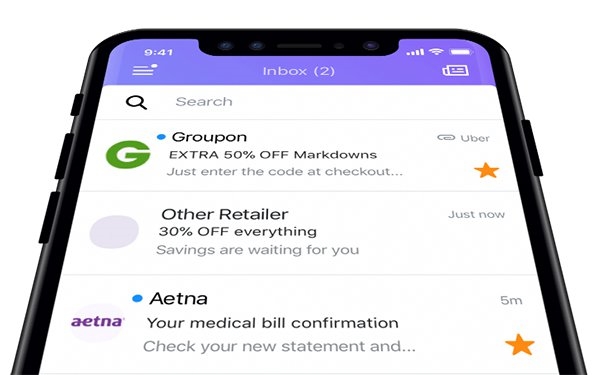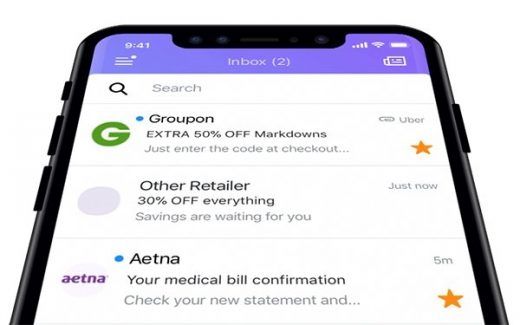Gimme BIMI: How To Use The New Branding And Security Tool
Gimme BIMI: How To Use The New Branding And Security Tool

Marketers can perhaps be forgiven if they didn’t know what Google was talking about when it announced that Gmail was rolling out BIMI to all its inboxes earlier this summer.
BIMI? That’s right: The acronym stands for Brand Indicators for Message Identification. It’s a security standard that allows firms to display their brand logos alongside authenticated email messages.
Most brands probably haven’t tried it, but they should, because BIMI has the power to make their emails stand out in the inbox while making the channel safer for senders and recipients, according to “I’ve Got to BIMI,” a new paper by Validity.
First, know that it’s not just Gmail that supports BIMI — several email services do, including Yahoo, AOL and Fastmail. And you can expect more providers to sign on.
Here’s what BIMI has the power to do (from the consumer’s perspective):
“You get a Target email, and before you even see the word “Target” or “An incredible sale in which you intend to buy one thing and instead buy 100,” you see the Target logo.
Validity says: “You immediately connect the email to the brand, without even needing to read the subject line or sender. The logo tells you all you need to know — the email is from Target.”
That also means that this is not just some scam artist spoofing the Target name — they might be able to mimic the logo within the email, but not right out with the exposure that BIMI provides.
But the paper warns that “a brand like Starbucks can get lost in the inbox without a logo, especially if the red-headed stepchild Dunkin’ Donuts does have a BIMI graphic.”
Another study by Red Sift and Entrust shows that open rates jumped by 21% in the U.S. and 39% in the UK when a brand’s logos were displayed with emails but competitors’ were not.
How do you get in on this phenomenon? You can’t just buy your way in: First, you have to employ DMARC (Domain-based Message Authentication, Reporting & Conformance). And that means you must enforce a “DMARC policy of p=quarantine or p=reject at 100% to use BIMI,” Validity writes.
DMARC authenticates your email, and the logo shows that it comes from a trusted sender.
“As a sender, you publish a DMARC policy to determine what action the MBP should take when an email fails authentication (both SPF and DKIM),” Validity writes.
Oh yes, you also should be using SPF (Sender Policy Framework) and DKIM (DomainKeys Identified Mail) — tools that ensure you have a good sender reputation.
It’s pretty simple, really. Finally, you need a “Scalable Vector Graphic (SVG) Tiny PS version of your logo. It’s going to be teensy weensy and look very cute in the inbox – highly recommend.“
Of course, Validity is offering services to help marketers with BIMI.
For instance, it is partnering with Entrust to help its clients obtain Verified Mark Certificates (VMCs) that meet BIMI standards.
But other tech firms are helping, too: Those that also worked on developing BIMI include Mailchimp, Proofpoint, Fastmail, Twilio SendGrid and Verizon Media.
(36)


